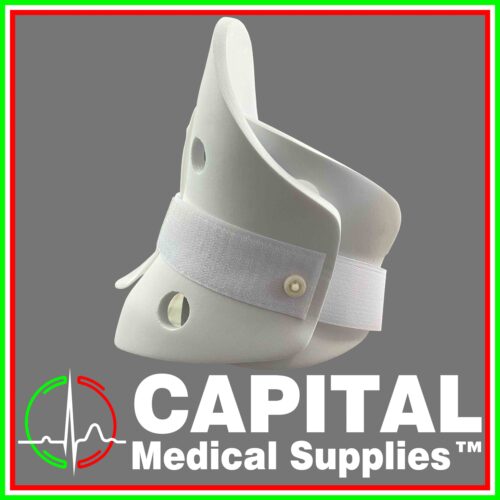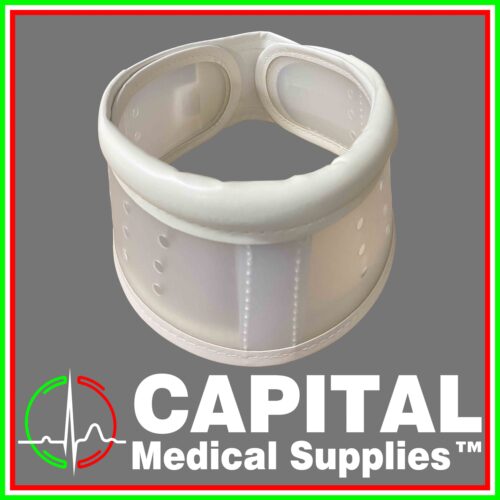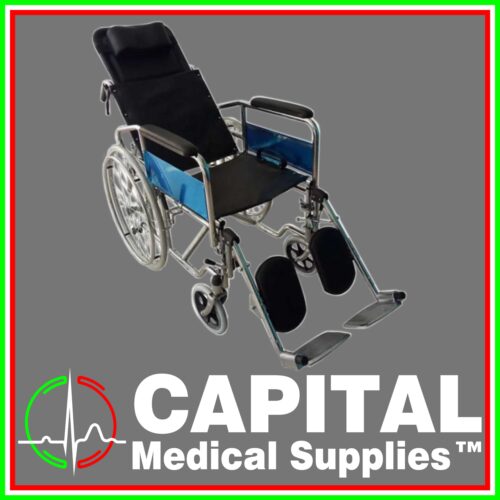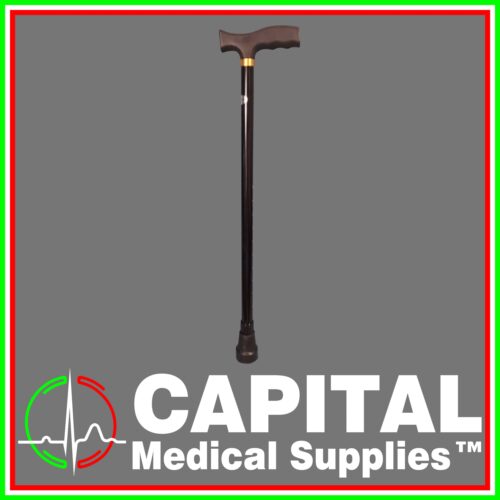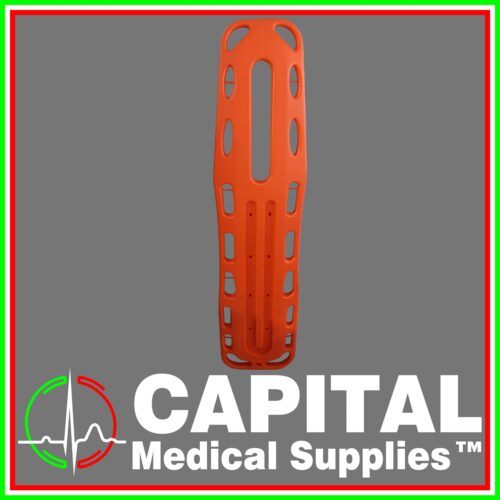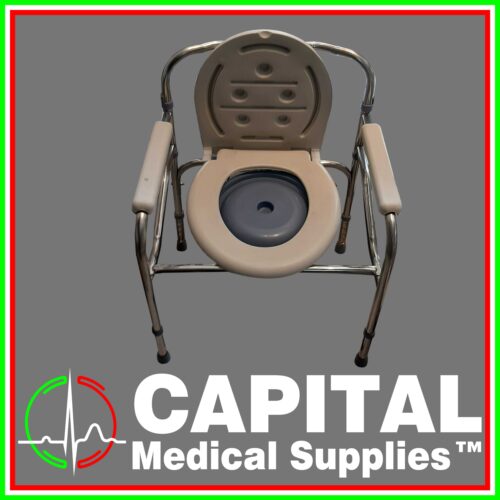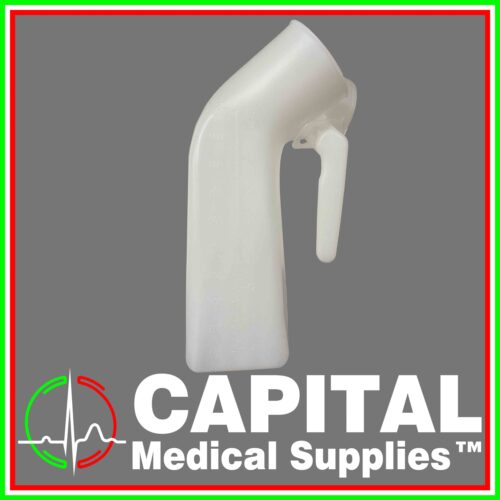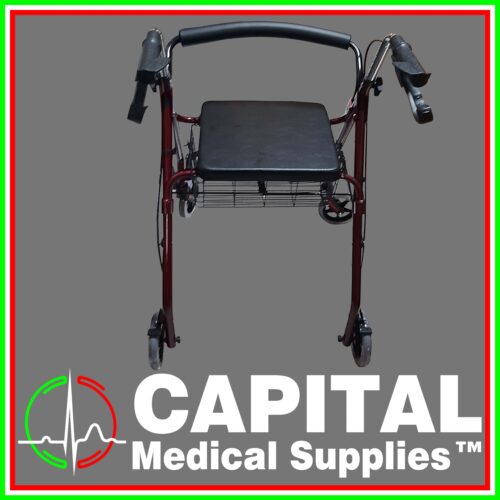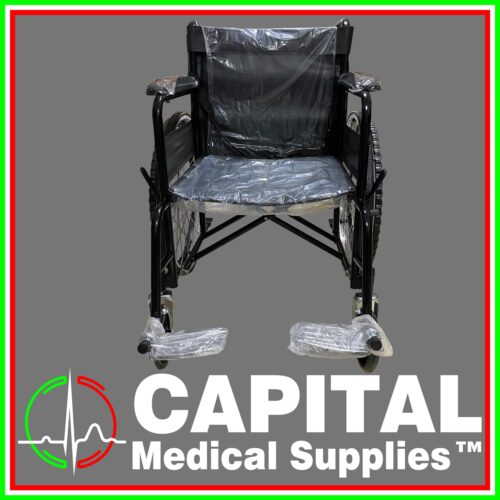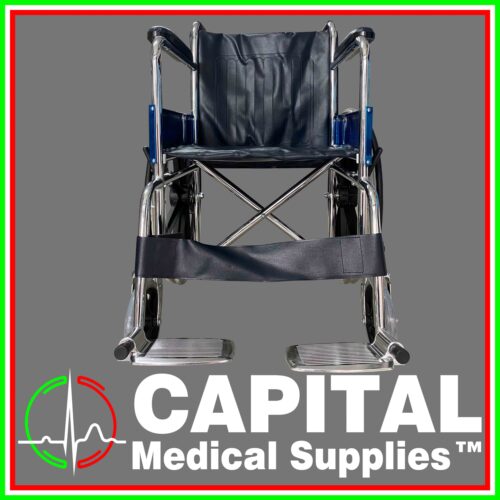Showing 17–30 of 30 results
-
Neck Collar Brace Foam Large
0₱263.00> WINGUARD
> Neck collar Brace foam
> Size
> LargeA neck collar, also known as a neck brace or cervical collar, is an instrument used to support the neck and spine and limit head movement after an injury. Its purpose is to prevent you from moving your head and neck until the injury is healed
-
Neck Collar Brace Foam Medium
0₱263.00> WINGUARD
> Neck collar Brace foam
> Size
> MediumA neck collar, also known as a neck brace or cervical collar, is an instrument used to support the neck and spine and limit head movement after an injury. Its purpose is to prevent you from moving your head and neck until the injury is healed
-
Neck Collar Brace Plastic
0₱315.00WINGUARD
> Neck Collar Brace
> Plastic
> SizeA neck collar, also known as a neck brace or cervical collar, is an instrument used to support the neck and spine and limit head movement after an injury. Its purpose is to prevent you from moving your head and neck until the injury is healed
* the product structure and composition, the product non-toxic plastic from the medical board, stick pearls, leather, velcro made of material processing
* use off: for the neck fractures, sprains, strain and so on -
-
Reclining Wheelchair with commode
0₱19,635.00Wheelchair reclining
high back
Chromed steel frame
Detachable armrest,
elevating footrest
Reclining high back -
Shower Chair w/ backrest
0₱2,520.00> Aluminum
> Shower Chair w/ backrest
> Color SilverShower chairs give you something to sit on to keep you safe and supported if you’re washing or using the toilet. Shower chairs also give you the chance to take care of yourself and maintain good hygiene. You can use the toilet, wash and shower with ease.
-
Spine Board With Strap Orange
0₱2,730.00> Sure-Guard
> Spine board
> With strapA spine board is a patient handling device used primarily in pre-hospital trauma care.
It is designed to provide rigid support during movement of a person with suspected spinal or limb injuries,A spinal board, is a patient handling device used primarily in pre-hospital trauma care. It is designed to provide rigid support during movement of a person with suspected spinal or limb injuries. They are most commonly used by ambulance staff, as well as lifeguards and ski patrollers.
We treat traumatic patients as though they have a spinal injury that could compromise their spinal cord if they have any of the following:
A substantial mechanism of injury (high speed impacts, landing on head etc)
Midline point tenderness
Neurological deficit
A lowered level of consciousness (are they orientated enough to register spinal pain?)
Any significant distraction (could they be distracted from spinal pain?)
Treatment typically involves immobilising their spine (C spine in particular), placing a C spine stiff collar, carefully positioning them on a spine board and extracting them to hospital ? usually via the ambulance service.The objective of this process is to minimise the possibility of the patient sustaining a spinal cord injury (SCI) on their way to hospital to undergo a more comprehensive spinal assessment potentially including X-Rays. It is useful to note that around 3-25% of SCI?s occur after the initial trauma ? meaning when the patient moves themselves or is moved by others their spinal cord is damaged.
There are, however, downsides to using spine boards. They are often uncomfortable for the patient, they can cause pressure ulcers to develop on pressure points, lying in the supine position can make respirations more difficult for some patients and head injured patients often become more agitated when positioned on a spine board. It also takes a reasonable amount of time to immobilise someone on a spine board ? delaying their arrival at hospital.
A study in 2013 out of the USA measured the amount of cervical spine movement when extracting patients from a motor vehicle both on a spine board and with the patient being allowed to remove themselves from the vehicle with a C collar already fitted. Interestingly when the patient removed themselves from the vehicle the amount of bend in their C spine was only 6% compared with up to 20% when the car was cut to pieces and trained paramedics used a spine board to move the patient.
Given these risks, it is important we make informed decisions about whether to use spine boards or not.
The National Association of EMS Physicians and the American College of Surgeons Committee on Trauma stated that, ?patients for whom spinal immobilisation has not been deemed necessary include those with all of the following: normal level of consciousness (Glasgow Coma Score [GCS] 15), no spine tenderness or anatomic abnormality, no neurologic findings or complaints, no distracting injury,
-
Stainless Commode Chair
0₱3,150.00> Stainless
> Commode chair
> Color
> Gray
> With Commode chair
> With Bucket
> Removable waste bucketCommode chair consists of lightweight, easily portable yet sturdy frame
that includes a toilet seat, chair-like arms, and a removable waste bucketa commode is a type of chair used by someone who needs help going to the toilet due to illness, injury, or disability. A commode chair sometimes has wheels to allow easy transport to the bathroom or shower.
-
Urinal Bottle Plastic, Male, 32oz
0₱105.00> WINGUARD
> Urine Bottle
> Male
> 1000cc
> White
> PlasticA urinal, urine bottle, or male urinal is a bottle for urination. It is most frequently used in health care for patients who find it impossible or difficult to get out of bed during sleep. Urinals allow the patient who has cognition and movement of their arms to urinate without the help of staff
-
Walker Rollator
0₱3,675.00> Sure-Guard
> Walker Rollator
> Color Magenta Red
> StainlessA walker or walking frame is a tool for disabling or fail people, who need additional support to maintain balance or stability while walking, most commonly due to age-related physical restrictions
Rollators allow you to walk at a quicker pace and help with a normal gait. The user should be able to steer the rollator and operate the hand brakes as needed. Most rollators have a seat, allowing you to take a rest as needed.
-
Wheelchair Black Leather Cushion
0₱4,410.00> HeartMed
> Classic Wheelchair
> Leather CushionA wheelchair is a chair with wheels, used when walking is difficult or impossible due to illness, injury, problems related to old age, or disability These can include spinal cord injuries (paraplegia, hemiplegia, and quadriplegia), cerebral palsy, brain injury, osteogenesis imperfecta, motor neuron disease, multiple sclerosis, muscular dystrophy, spina bifida, and more.
Wheelchairs come in a wide variety of formats to meet the specific needs of their users. They may include specialized seating adaptions, individualized controls, and may be specific to particular activities, as seen with sports wheelchairs and beach wheelchairs. The most widely recognized distinction is between motorized wheelchairs, where propulsion is provided by batteries and electric motors, and manual wheelchairs, where the propulsive force is provided either by the wheelchair user/occupant pushing the wheelchair by hand (“self-propelled”), by an attendant pushing from the rear using handle(s), or by an attendant pushing from the side use a handle attachment.
-
Wheelchair Magwheel
0₱5,249.00>Sure-Guard
> Classic Wheelchair
> Leather Cushion BlueA wheelchair is a chair with wheels, used when walking is difficult or impossible due to illness, injury, problems related to old age, or disability These can include spinal cord injuries (paraplegia, hemiplegia, and quadriplegia), cerebral palsy, brain injury, osteogenesis imperfecta, motor neuron disease, multiple sclerosis, muscular dystrophy, spina bifida, and more.
Wheelchairs come in a wide variety of formats to meet the specific needs of their users. They may include specialized seating adaptions, individualized controls, and may be specific to particular activities, as seen with sports wheelchairs and beach wheelchairs. The most widely recognized distinction is between motorized wheelchairs, where propulsion is provided by batteries and electric motors, and manual wheelchairs, where the propulsive force is provided either by the wheelchair user/occupant pushing the wheelchair by hand (“self-propelled”), by an attendant pushing from the rear using handle(s), or by an attendant pushing from the side use a handle attachment. -

